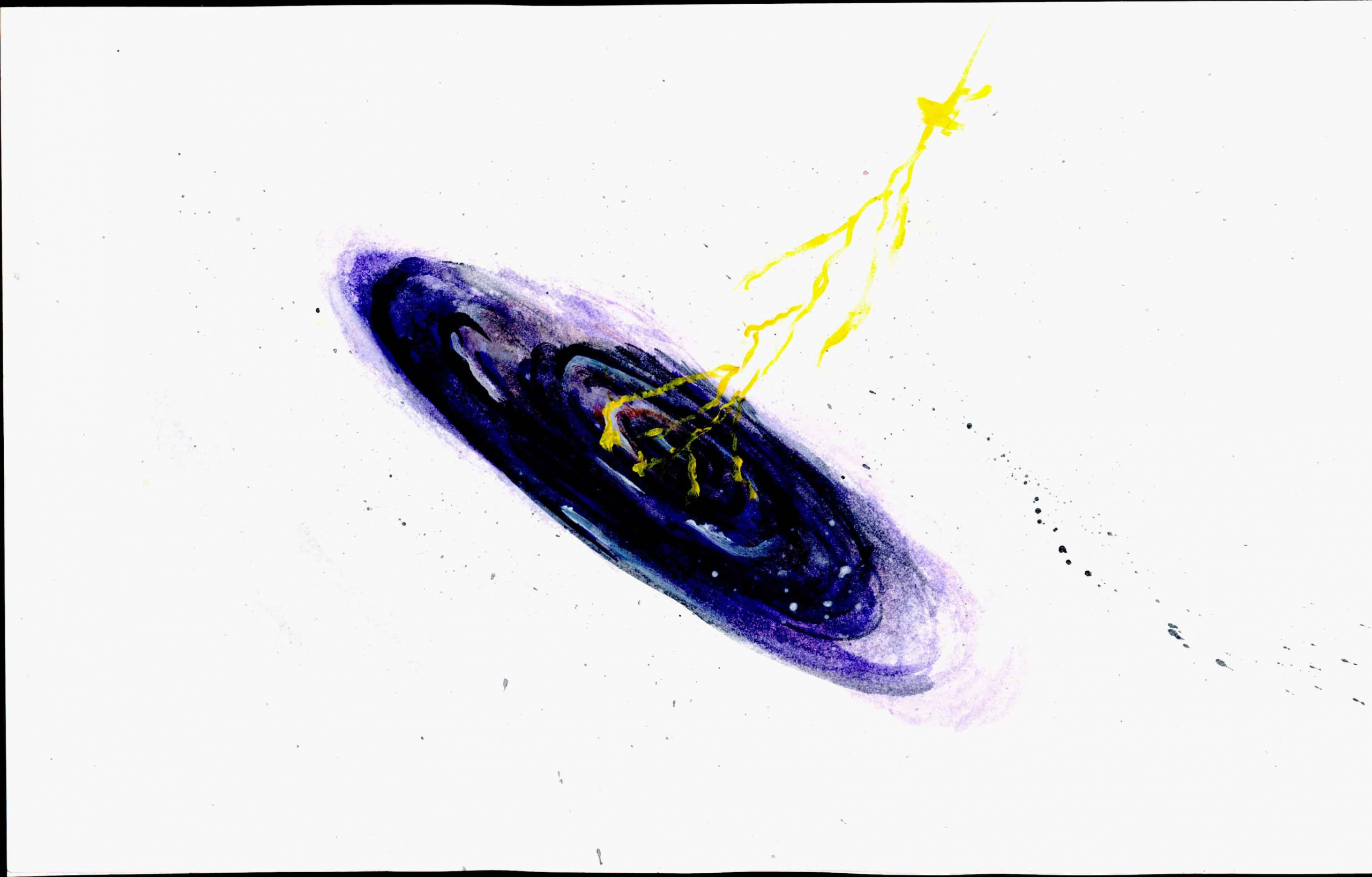Unseen as of yet, dark matter is an ever-present constituent of our universe, influencing the movements of stars and planets, while also holding galaxies together.
Dark matter does not reflect any electromagnetic radiation like light, rendering it essentially invisible to us. Accordingly, astronomers must investigate the properties of dark matter through its influence on the motion of neighbouring visible objects.
Recently, a group of scientists in the Astronomy and Astrophysics Department of the University of Toronto discovered a truly outstanding example of dark matter’s extensiveness: Dragonfly 44, a galaxy comprised of 99.99 per cent dark matter. The findings were published in The Astrophysical Journal Letters on August 25, 2016.
The galaxy in question is about 300 million light-years away from us, and it is roughly the same size and mass as the Milky Way. Scientists were drawn by the stars in Dragonfly 44, which were moving exceptionally quickly and can indicate the mass of its galaxy. After calculating stellar velocities, results implied a mass much larger than what was expected.
This was later confirmed when Dr. Roberto Abraham, Professor of Astronomy at the University of Toronto and co-author of the study, and his group used the Gemini North Telescope to take a closer look, which revealed a halo of spherical stars around the galaxy’s core. These stars were moving rapidly at a relative speed that would only have been caused by a galaxy mass much larger than that which was apparent.
Finding a galaxy with the mass of the Milky Way that is almost entirely composed of dark matter was unexpected. “We have no idea how galaxies like Dragonfly 44 could have formed,” said Abraham. “The Gemini data show that a relatively large fraction of the stars is in the form of very compact clusters, and that is probably an important clue. But at the moment, we’re just guessing.”
Dark matter in the Milky Way is five times more present than visible matter, which helps explain the shock of finding a similar-sized galaxy where dark matter is 99 times more common. Current estimates indicate that Dragonfly 44 has more than 100 times fewer stars than the Milky Way, resulting in its extremely dim appearance.
According to the theory of cold dark matter (CDM), structure in the universe grows through small galaxies merging to form larger ones. Evidence of such mergers can be seen in faint streams and filaments visible around the Milky Way and the nearby M31 galaxy.
CDM predicts that there should be much more of this structure than what is presently observed in Dragonfly 44. However, even images obtained using the largest, most advanced telescopes today contain scattered light that may be hiding this faint structure.
Due to this dim appearance, an innovative telephoto array known as the Dragonfly Telephoto Array was used for observation. Dragonfly was designed to reveal faint structures by greatly reducing scattered light and internal reflections within its optics. It accomplishes this by using commercially available Canon 400mm lenses that have unique nanofabricated coatings.
Dragonfly captures images of a galaxy through multiple lenses simultaneously — akin to a dragonfly’s compound eye. Currently, at about 50 lenses, this telephoto array enables further removal of unwanted light. The result is an image in which an extremely faint galaxy structure is visible.
The Dragonfly Telephoto Array is a system that Abraham developed with astronomer and co-author of the study, Pieter van Dokkum of Yale University, in hopes of uncovering dim space phenomena like the Dragonfly 44 galaxy.
Images have shown Dragonfly to be at least 10 times more efficient than its nearest rival and able to detect faint structures predicted by current merger models.
Detections of nearby galaxies similar to Dragonfly 44 will provide us with the opportunity to further our understanding of dark matter. “Ultimately what we really want to learn is what dark matter is,” said van Dokkum. “The race is on to find massive dark galaxies that are even closer to us than Dragonfly 44, so we can look for feeble signals that may reveal a dark matter particle.”


